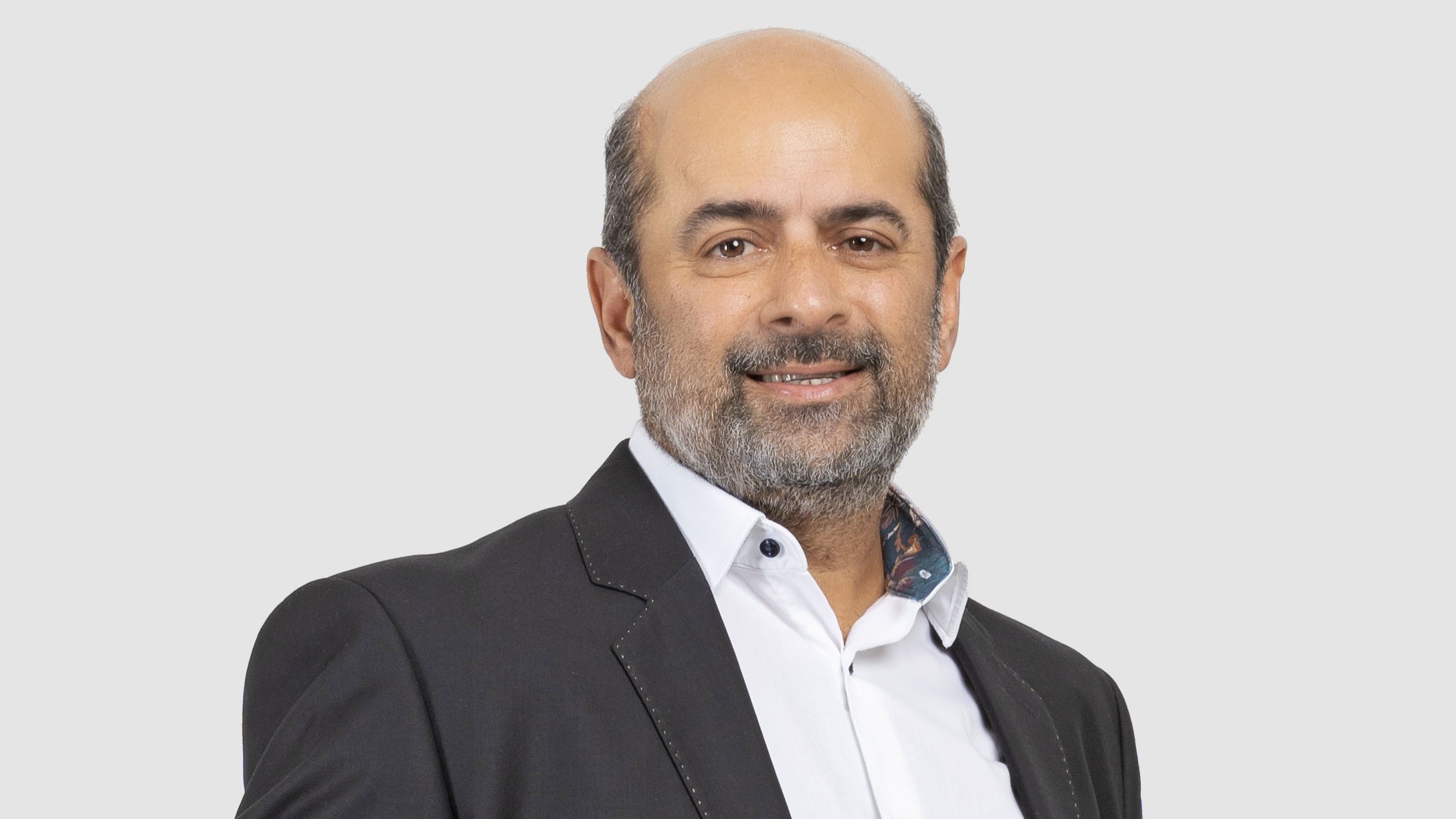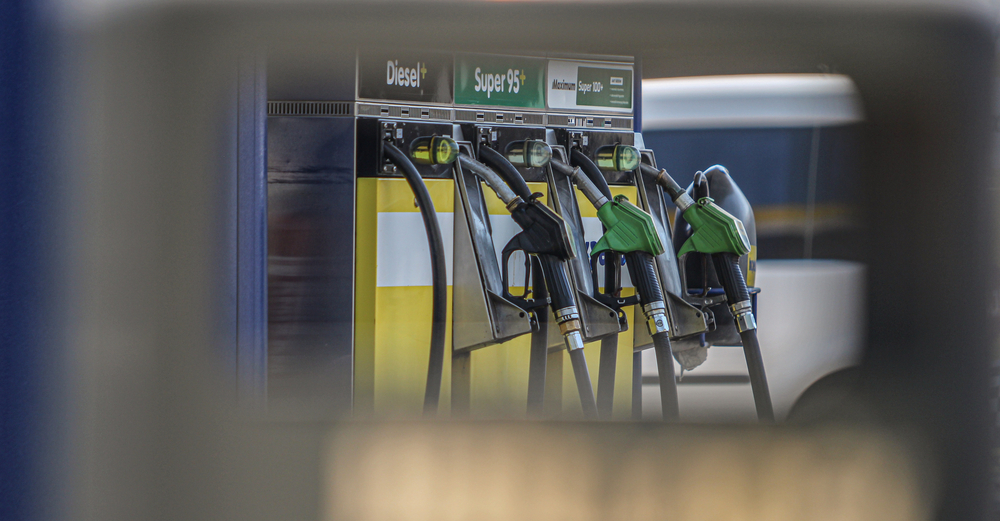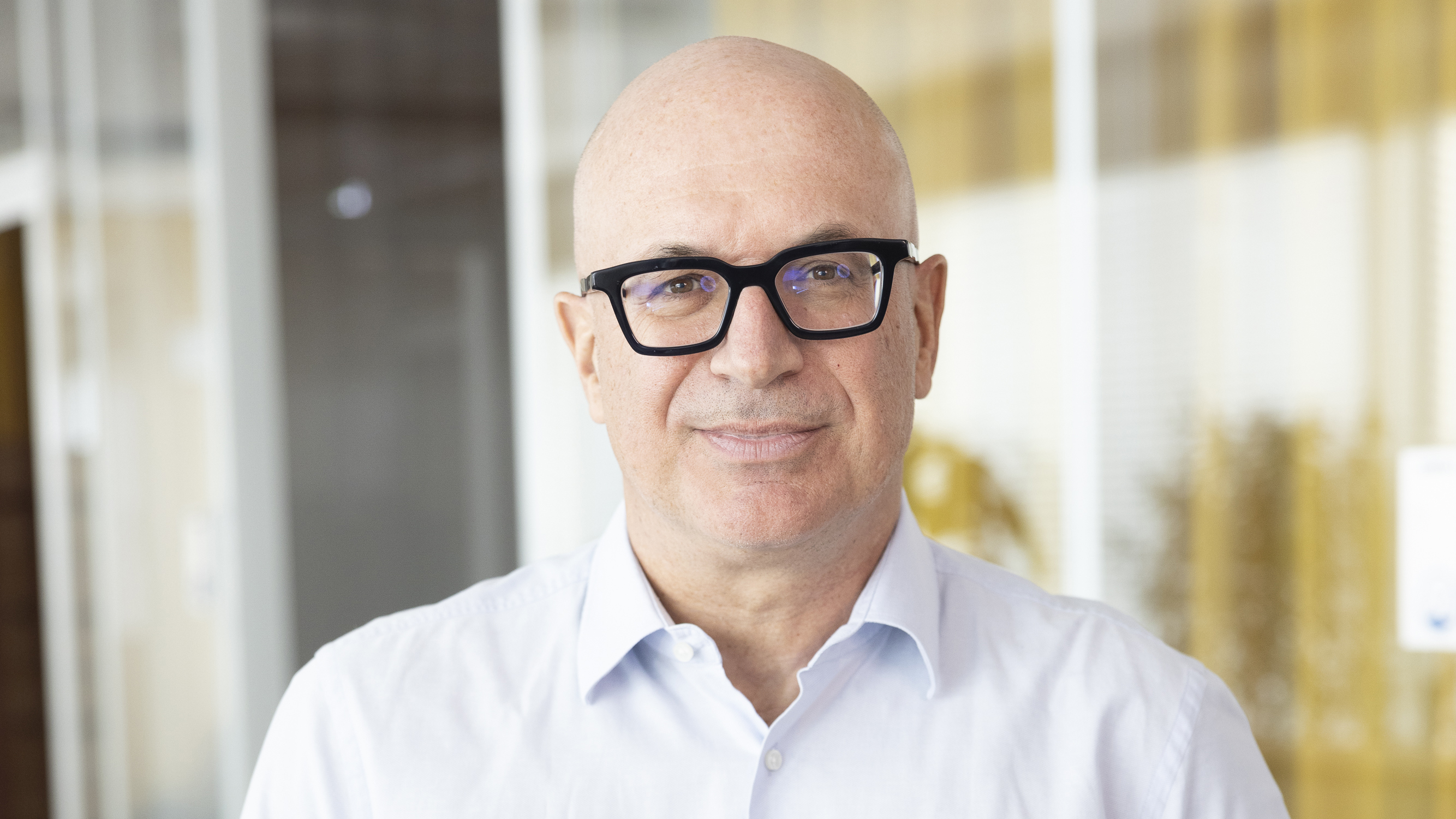Budapest Airport Must Develop so Hungary can Grow

Kam Jandu, CEO at Budapest Airport (BUD).
The Budapest Business Journal talks with Kam Jandu, the relatively new CEO at Budapest Airport (BUD), about his flight path to the top job, developments at Ferenc Liszt International Airport, and future plans.
BBJ: Congratulations on the promotion. You were at the airport for almost 12 years before leaving to work in the management of Munich Airport in 2021. You returned to BUD just over a year later. Could you not keep away, or was this a case of succession planning?
Kam Jandu: Budapest has been my home for almost a decade and a half now, and Budapest Airport has grown on me and become part of my everyday life. I never thought of my positions at Budapest Airport as mere jobs but as a vocation, a commitment. Once you get a taste of the unique world of the airport, it is very difficult to leave. In addition, we have taken on a lovely challenge with our shareholders to make Ferenc Liszt International Airport the best in Europe. We have succeeded in doing so, as this spring, we won this very prestigious international award, while we were also named the best airport in the region for the tenth time. We are just as proud that the global airport rating agency Skytrax Audit has upgraded Budapest Airport to four stars on a scale of five. There is much hard work and perseverance behind these results, and I wanted to be part of the next phase of evolution. It was not succession planning as such, as I left the group and was recruited back to become CCO again. Now, 10 months later, the board nominated me for the position of CEO, which is both an honor and a real privilege.
BBJ: In your previous role as CCO, you flew back to the United Kingdom quite a bit, which you said gave you a chance to understand better the BUD passenger experience and that of other airports. Given the step up to CEO, will you be flying back less often?
KJ: I used to, indeed, but since returning, this is less frequent, even though my two adult daughters and several family members live in the U.K. I think it is imperative that we experience other airports as much as possible to ensure that we remain on track to deliver the outstanding results we have around quality and best-in-class. There are many services where we are leading the way, and others come to learn from us; for example, the technology behind passenger screening. Of course, there are also processes where we can learn from others and utilize their experience. We are constantly learning from each other, and if we want to maintain quality, this comes from international benchmarks and passenger feedback, not from subjective comments or ill-informed opinions.
BBJ: You have said one of your priorities is expanding the number of routes, particularly long-haul destinations to the United States and Asia. Is there any low-hanging fruit here? What should we expect to see added, and when?
KJ: Flights to China are making a steady comeback; recently, we welcomed a flight to Ningbo, a new destination on our schedule. With flights to Shanghai, Beijing and Chongqing, we now provide direct access to four cities in China, and I am very confident that we will soon be able to bring Xi’an and Chengdu back on our schedule. Seoul, Doha and Dubai were also available from Hungary during the pandemic. Unfortunately, we still have to wait for the North American region: New York, Chicago, San Francisco and Toronto. We have high expectations for next year and our award-winning airline development team is regularly on the road to convince new airlines to start.
BBJ: There always seems to be a construction project about to start, ongoing, or winding up at the airport. The next significant ones are renovations for Terminal 1 (due to reopen with expanded capacity in 2026) and Terminal 3 (phase one to start in 2030). How much will these cost, and what should we expect from them?
KJ: You are right: we have been building, expanding and refurbishing practically non-stop since 2019. We are currently constructing a car park in front of the terminal building and adding additional stands and warehouse buildings to Cargo City. In four years, airport investments have reached HUF 100 billion, and the two most significant feats are yet to come.
The reason for reopening Terminal 1 is that we need to provide extra capacity for the growing number of passengers until Terminal 3 is completed. Tourism accounts for approximately 13% of the country’s GDP, and the airport is a critical player in this value chain, as foreign tourists are the largest source of revenue in the sector, and they typically arrive in Hungary by air. Tourism can only develop further if there are more foreign visitors; to achieve this, the airport first needs to be expanded to handle up to 20-25 million passengers.
By the end of next year, we will reach our pre-COVID record passenger number, and this can continue to grow dynamically in the coming years if the airport infrastructure is ready. Terminal 1 could serve an additional 4.5-5 million passengers on top of the existing 15-16 million, meaning that we could handle passengers comfortably and with very high quality until the planned opening of Terminal 3 in 2030. Once the building permit is received, construction can start immediately. If this were not to happen, tourism and new trade growth would also stop, which would mean a loss of at least HUF 100 bln a year for the Hungarian economy, including related sectors. Indications show that our plans for Terminal 1 reopening involve a cost of more than EUR 120 million.
In the meantime, preparations for the construction of Terminal 3 are ongoing, with studies and phasing being prepared, and we are preparing for a global design competition. Based on international benchmarks, such a terminal can be expected to cost more than EUR 1.5 bln. In parallel with this, the entire vicinity of Terminal 2 will be renewed to transform the whole airport. We expect from these developments that the airport will be able to serve and support the development of tourism in Hungary, as the country is very attractive for international visitors and also a critical hub for Hungarians to travel to regular and new destinations, so why should we not envisage up to 30 million passengers!
BBJ: Finally, how have you found the step up from CCO to CEO? What has surprised you most?
KJ: Nothing surprised me, as I have been part of the team for almost 15 years, and I know the airport’s past, present and planned future very well. I have learned the bits and pieces of processes over the years; I knew what duty I was taking on. That said, running the best airport in Europe is a lovely challenge, and I will focus on maintaining and improving quality. In addition, it is an incredible experience for me to work with such a strong team and to develop Ferenc Liszt International Airport with shareholders who are thinking long-term and are fully committed to the airport’s continued development and success.
This article was first published in the Budapest Business Journal print issue of June 30, 2023.
SUPPORT THE BUDAPEST BUSINESS JOURNAL
Producing journalism that is worthy of the name is a costly business. For 27 years, the publishers, editors and reporters of the Budapest Business Journal have striven to bring you business news that works, information that you can trust, that is factual, accurate and presented without fear or favor.
Newspaper organizations across the globe have struggled to find a business model that allows them to continue to excel, without compromising their ability to perform. Most recently, some have experimented with the idea of involving their most important stakeholders, their readers.
We would like to offer that same opportunity to our readers. We would like to invite you to help us deliver the quality business journalism you require. Hit our Support the BBJ button and you can choose the how much and how often you send us your contributions.











